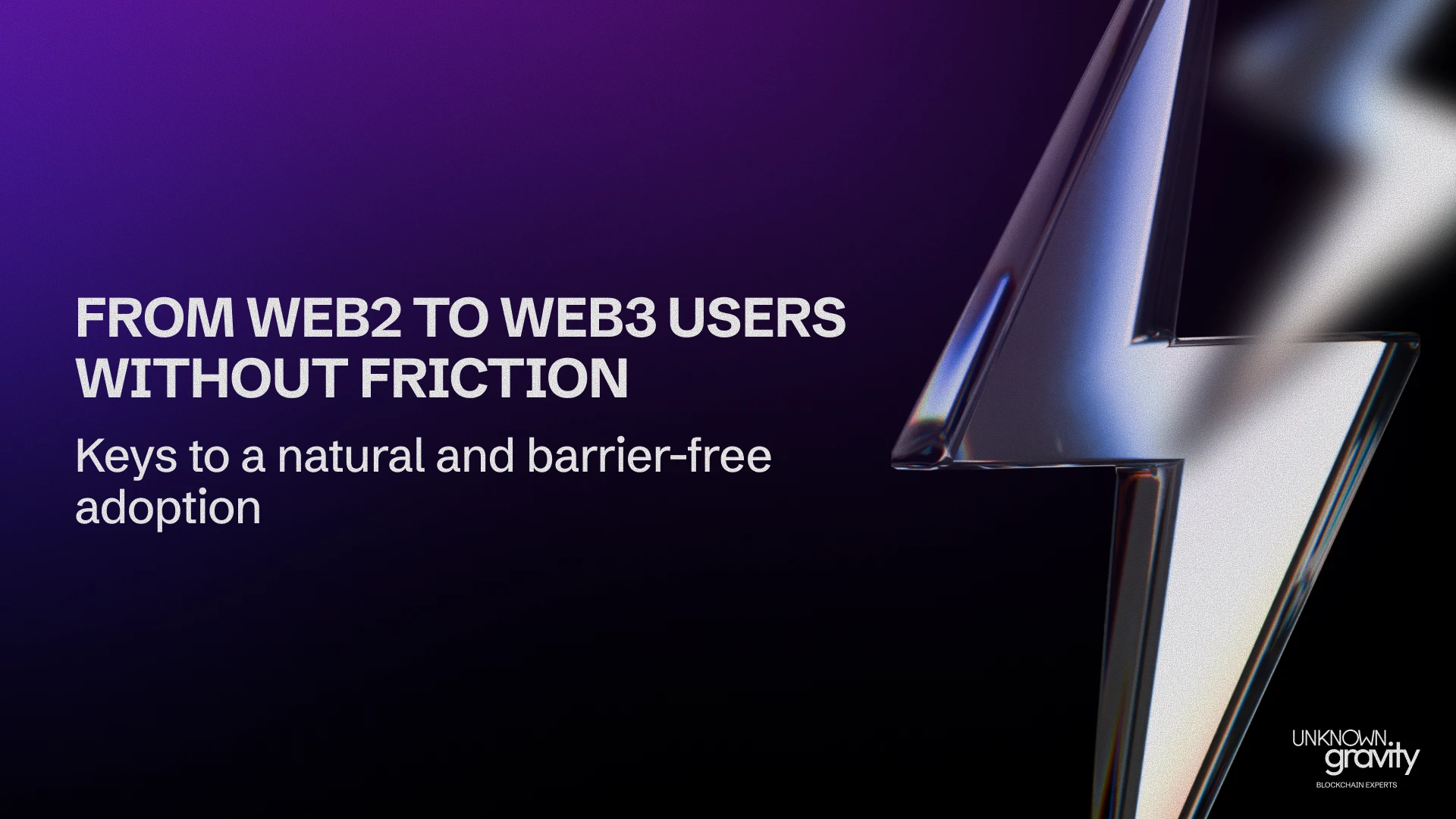The transition from Web2 to Web3 users is one of the biggest challenges for blockchain projects and dApps.
Many people still associate Web3 with complexity, technical concepts and slow processes that generate rejection.
But converting traditional users into active Web3 users is not only possible, but essential for mass adoption.
The key is in make the experience invisible, friendly and fluid, minimizing the learning curve.
This article explains the most effective techniques for frictionless Web3 onboarding with high retention rates.
Why Web2 users are leaving Web3
Friction in onboarding
The first major obstacle is the number of technical steps required: installing wallets, understanding private keys, paying gas fees, and connecting applications.
These processes are often intimidating for users without prior knowledge and cause mass abandonments.
Unfamiliarity with wallets
Wallets are the gateway to Web3, but for many users they seem complicated and risky. The fear of losing funds due to mistakes is real and paralyzes adoption.
Hidden costs and gas fees
Uncertainty about unexpected fees and payments creates distrust and frustration.
Techniques for invisible and friendly Web3 onboarding
1. Implement invisible or managed wallets
Invisible wallets eliminate the need for the user to manage private keys or download external applications. The system creates and manages wallets automatically, simplifying access.
This approach allows users to log in with just an email or phone number, as in any Web2 app, reducing fear and complexity.
2. Use gasless transactions (gas-free transactions)
Gas-free transactions release users from the burden of paying fees when interacting with the blockchain. The project or platform can cover these costs or use meta-transaction solutions.
Thus, users have a more fluid and transparent experience, similar to a traditional app, eliminating economic barriers to testing Web3.
3. Guided and educational onboarding in the dApp itself
It incorporates interactive tutorials and simple explanations directly within the application. Step by step, the user understands what is happening and what they should do without leaving the flow.
Avoid technical jargon and use clear language, focused on practical benefits.
4. Minimizes the amount of permissions and external connections
Requesting permissions or connections to wallets or external services can scare new users. Limit these requests to what is strictly necessary and explain them clearly and transparently.
5. Intuitive and familiar UX/UI design
A design that is reminiscent of Web2 apps, with clean interfaces and simplified processes, facilitates adoption.
Avoid cluttered screens, complex forms, or irrelevant technical information in the early stages.
Benefits of a friendly Web3 onboarding
- Higher retention rate and lower abandonment: Users don't feel lost or intimidated.
- More trust and credibility: Simplifying builds trust in technology.
- Increased virality and recommendation: Satisfied users invite others to try.
- Increased real adoption and use of your DApp: The low barrier to entry allows more people to experience Web3.
Conclusion
The key to attracting Web2 users to Web3 is to eliminate barriers, simplify processes and create experiences that seem natural and familiar.
Invisible and friendly onboarding, combined with technologies such as managed wallets and gasless transactions, makes Web3 no longer a mystery and becomes a useful tool for everyone.
At Unknown Gravity, we help you design these experiences that drive real adoption, integrating advanced technology with a user-centered approach.
















.webp)
.webp)





































.png)
.webp)
.webp)
.webp)
.webp)
.webp)
.webp)
.webp)
.webp)
.webp)
%20(1).webp)
.webp)
.webp)
.webp)

.png)
.png)
.png)



